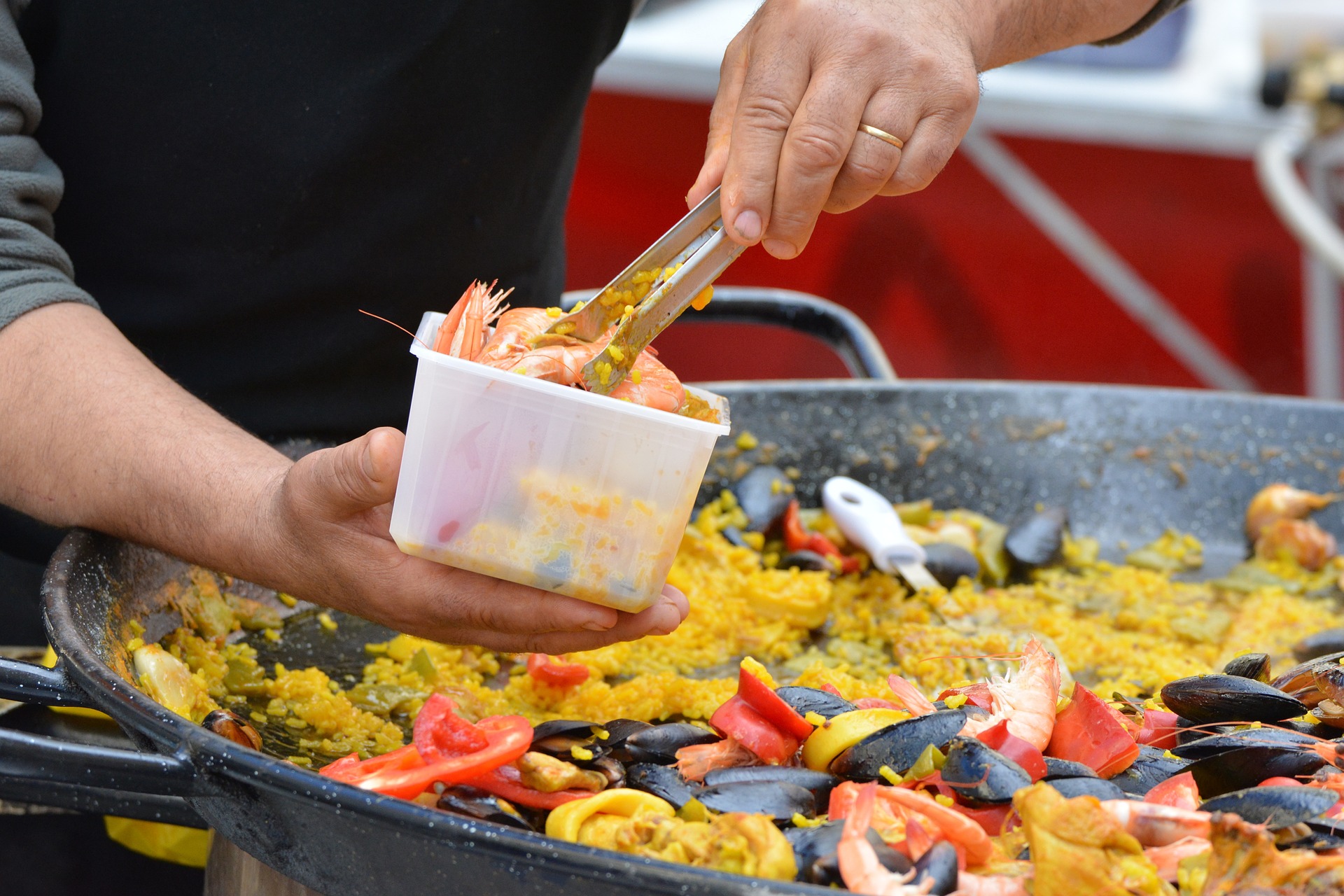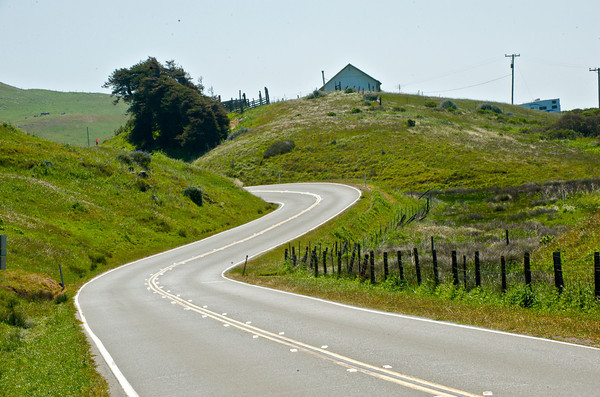Spain: A Crash Course in Paella
They say the secret to getting to know a culture is born through a passion for its food. Spain is no exception. Paella, the country’s most well-known and celebrated dish, is a reflection of the richness and diversity of the country that created it. The bright, inviting colors and layers of intense flavor the dish is known for tell a story. They take you on a journey to a land that is steeped in tradition, history and a love for community. Whether you are planning to make your very first paella or you consider yourself a seasoned paella pro, here is some information you may find helpful on your road to paella perfection.
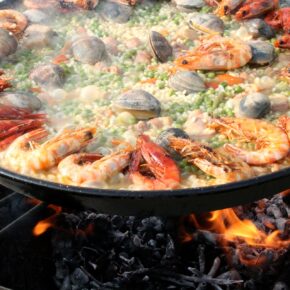
It is said that the Moors brought rice from northern Africa to Spain in the 10th century. And, it is agreed, what we know today as paella originated in the 18th century in Spain’s third largest city, Valencia. Like many of the world’s best recipes, it is a beautiful melding of cultures that has led to Spain’s most popular dish, now happily eaten in every corner of the globe.
You may not know that the word paella actually refers to the name of the pan used to cook the hearty rice dish. Traditionally prepared in a large metal pan with a dimpled surface, these days, cooks can opt for a dimpled or flat-bottomed pan, depending on personal preference.
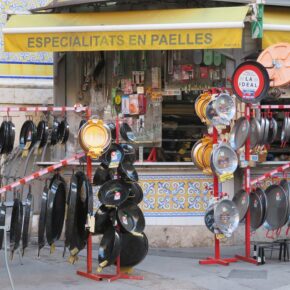
Similar to Italian risotto, special rice is needed to cook a proper paella. Unlike risotto rice, which gets creamy through its preparation, the grain used in paella is short, round and firm, making it ideal for absorbing flavors while still staying fluffy. If you are having trouble finding paella rice at your local grocer, it can easily be found online. The most popular variety is called Bomba.
You’ll find that saffron is a typical ingredient used in most paella regardless of regional variation in recipes. It is this highly coveted spice that gives paella its sunflower-gold color. Saffron has a unique history all its own. The spice has origins in Southwest Asia, was domesticated in Greece and first cultivated in Persia. Ultimately, saffron, along with rice, made its way to Spain with the arrival of the Moors.
Historically, paella was cooked over an open fire. While that may not be an option for most people today, there are portable, open-fire gas burners that will do the trick to help draw out deep and complex flavors.
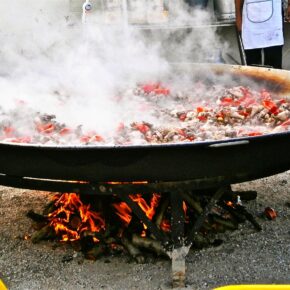
Throughout Spain you’ll find diversity and regional preferences in paella ingredients. Most commonly the dish is made up of rice, vegetables and one or several different kinds of protein. Coastal regions often add a variety of shellfish including prawns, clams and mussels. Inland areas top their paella with fresh or cured meats. And some people mix in both shellfish and meat to satisfy all tastes. Of course, vegetarian or vegan options can also be created for non-meat eaters and are equally as delicious as their carnivore-friendly counterparts. Personally, I think the versatility of the dish is what makes it so well-liked and embraced by so many people far and wide.
While there is some controversy around a freestyle interpretation of the dish amongst paella purists, it is agreed that perfect paella will include your favorite high-quality ingredients, be made with lots of love and enjoyed with a good group of family or friends.
Hopefully, you now have a newfound appreciation for paella and are one step further down the path to developing a passion for the food and culture of Spain. If you’re ready to get started, AllRecipes.com has an easy recipe that I really like. I hope you will, too.
Buen provecho!

Allison Neves has more than 25 years of communications and public relations experience, providing strategic counsel and overseeing integrated marketing campaigns for a wide range of clients, from healthcare and consumer brands to non-profit organizations and high-tech companies.
When she’s not trying to save the world one press release at a time, Allison enjoys exploring the San Francisco restaurant scene, traveling to exotic locales and uncovering her family roots in China, El Salvador and Portugal.
Discover more from Tango Diva
Subscribe to get the latest posts sent to your email.
